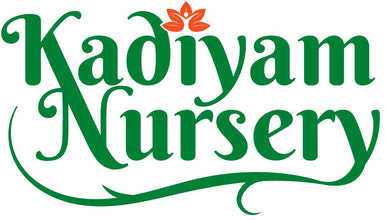Common name:
Indian Beech Tree, Poonga Oil Plant
Regional name:
Hindi - Karanj, Bengali - Karanja, Gujarati - Karanj, Kannada - Honge, Malayalam - Minnari, Marathi - Karanj, Punjabi - Sukhchein, Sanskrit - Karanja, Tamil - Ponga, Telugu - Gaanuga, Urdu - Karanjwah
Introduction Millettia pinnata, commonly known as Pongamia, Indian beech, or Pongame oiltree, is a species of legume native to South and Southeast Asia. It is a fast-growing, nitrogen-fixing tree that is well-suited for reforestation and agroforestry purposes. The plant is known for its numerous uses, including medicinal applications, biofuel production, and as a source of timber and fodder.
Plantation
-
Location: Millettia pinnata thrives in tropical and subtropical climates. It can grow in a wide range of soils, including saline and alkaline types, but prefers well-drained soils with a pH of 5.0-7.5. The plant is tolerant of drought, partial shade, and waterlogging.
-
Propagation: Propagation can be done through seeds or cuttings. Seeds should be treated with hot water or sulfuric acid to break dormancy and improve germination rates. Cuttings can be taken from young branches and treated with rooting hormones to enhance root development.
-
Planting: The ideal time to plant Millettia pinnata is during the rainy season, which ensures adequate moisture for root establishment. Space the plants about 10-15 feet apart to allow for sufficient growth.
Growing
-
Watering: Millettia pinnata is drought-tolerant, but regular watering during the initial stages of growth is necessary. Once established, the plant can withstand prolonged periods of drought.
-
Fertilization: As a nitrogen-fixing plant, Millettia pinnata requires minimal fertilization. However, the application of phosphorus and potassium can help improve growth and yield.
-
Pruning: Regular pruning is recommended to maintain the desired shape and size of the plant. Remove any dead or diseased branches to promote healthy growth.
Care
-
Pest and Disease Management: Millettia pinnata is relatively pest-resistant, but occasional infestations by caterpillars, beetles, and mites may occur. Biological control or the use of organic pesticides is recommended for managing these pests. The plant is generally disease-resistant, but fungal infections can be treated with fungicides if necessary.
-
Harvesting: Seeds can be harvested when the pods turn brown and start to split open. The optimal harvest time is typically between March and May.
Benefits
-
Medicinal Uses: Various parts of the plant, including the leaves, bark, and seeds, have been used in traditional medicine to treat skin diseases, rheumatism, and other ailments.
-
Biofuel Production: The seeds of Millettia pinnata contain a significant amount of oil, which can be converted into biodiesel, making it an important source of renewable energy.
-
Timber and Fodder: The wood of Millettia pinnata is used for making furniture, agricultural implements, and construction materials. The leaves and pods can be used as fodder for livestock.
-
Environmental Benefits: The nitrogen-fixing ability of Millettia pinnata helps improve soil fertility, and its deep root system prevents soil erosion. The plant also has the potential to sequester carbon, contributing to climate change mitigation efforts.



